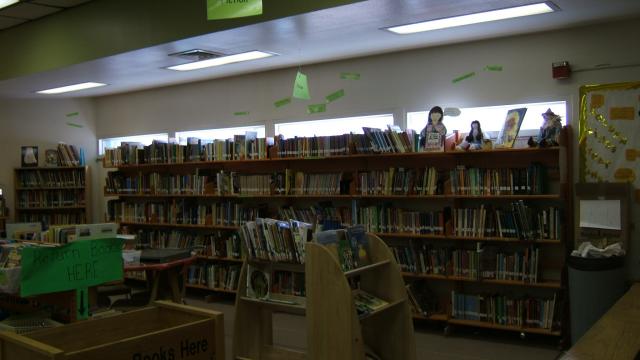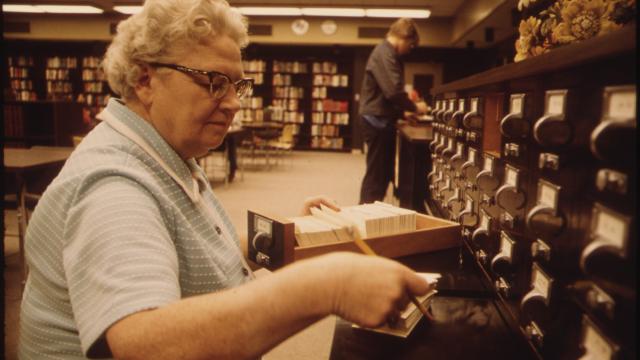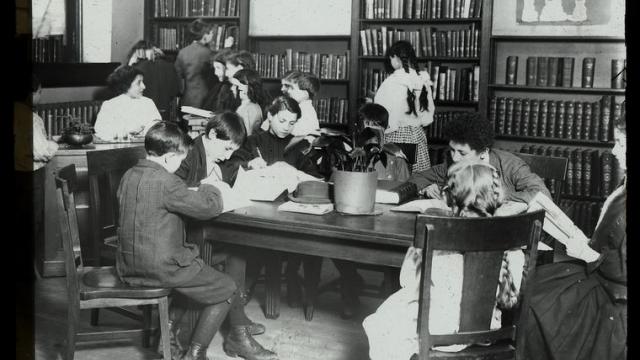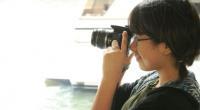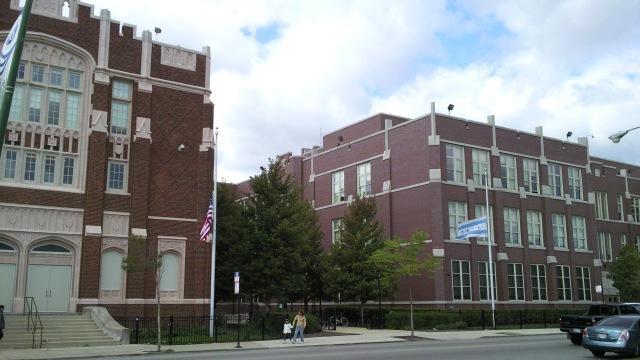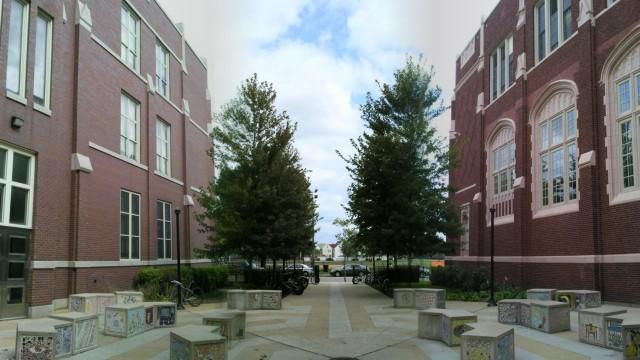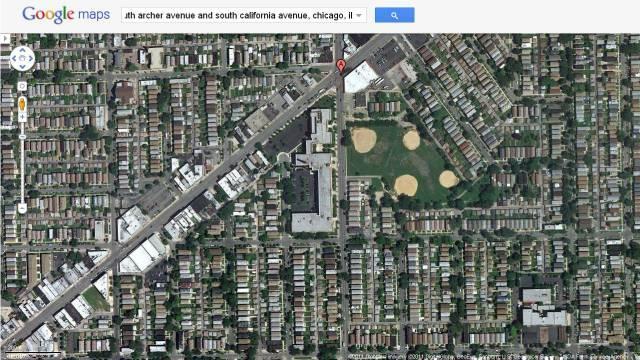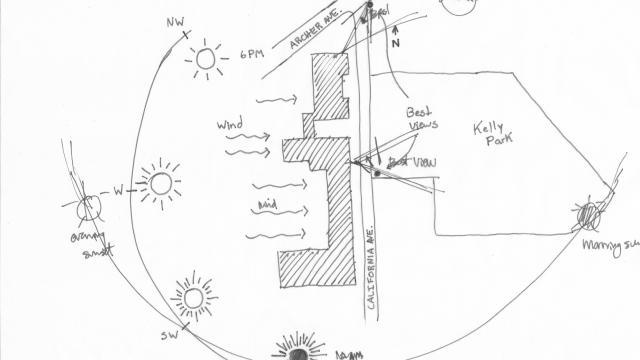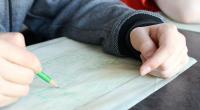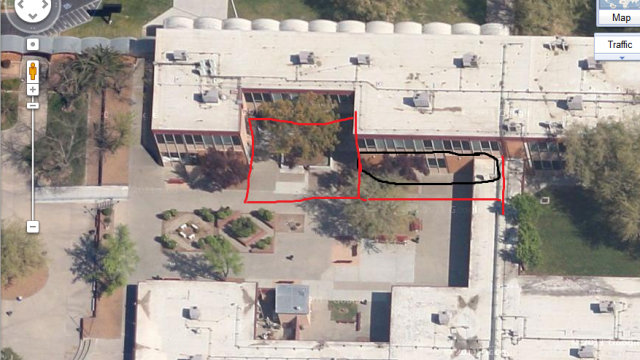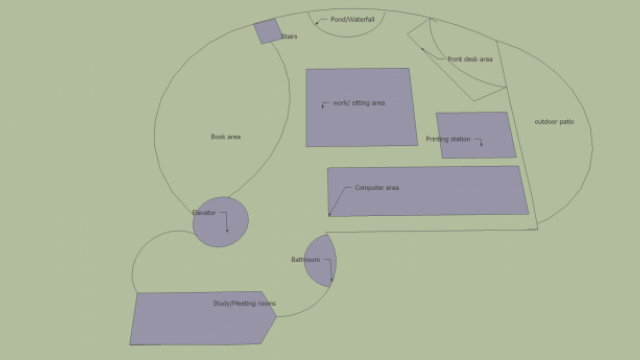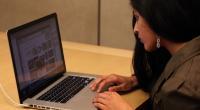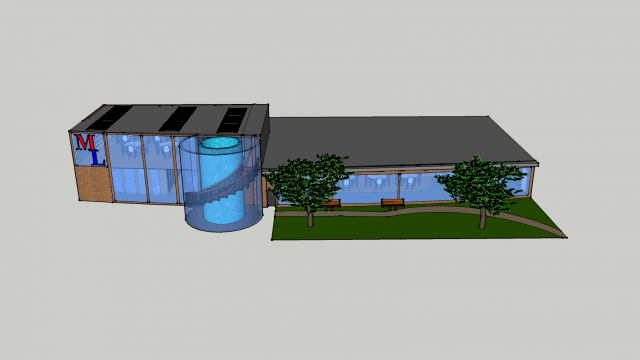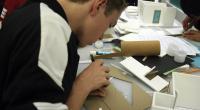
HONORABLE MENTION: 2013 national competition project | Library Redesign #160
Lincoln East High School opened its doors in the fall of 1967, the third high school in Lincoln, Nebraska. It remained relatively untouched until 1997, when it went through its first major renovation. In addition to losing its middle school population, East High gained athletic facilities, its new B wing, and a sunlit interior courtyard called the Commons. In 2009 another renovation project expanded the cafeteria, added a new auditorium, and reworked the heating and ventilation system, adding a geothermal heating component in addition to the new appliances. The East High Media Center, however, has remained unchanged since 1967.
The following pages will outline the various strengths and weaknesses of the current media center. After extensive analysis and thought, I have developed a design that improves upon the strengths of the space while fixing the weaknesses. The end result is a new media center with a more efficient, modern layout, a more appealing atmosphere, and a more student-friendly environment, with 160% of the capacity of the original design.
.png)


